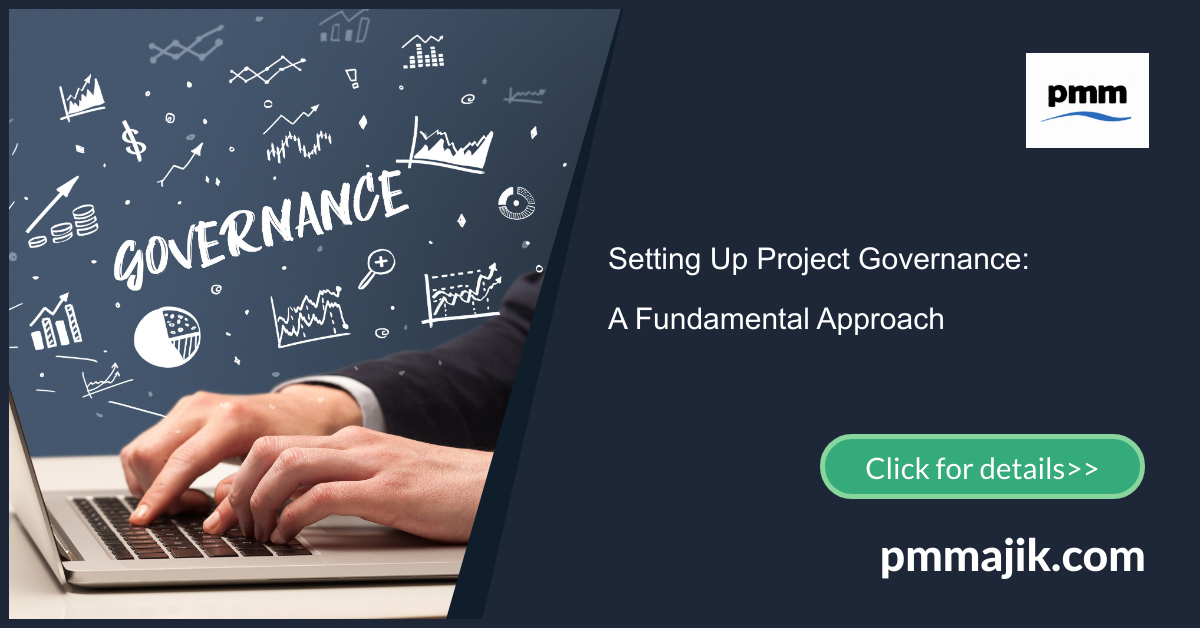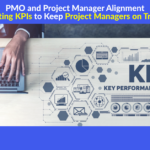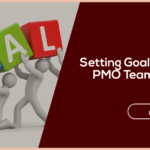Chaos thrives where there’s no governance, and the same applies to corporate settings and project governance. Project governance is the foundation of any successful project management effort, which offers the structure and framework required for efficient decision-making, accountability, and risk management.
Establishing strong project governance is crucial for managing ongoing projects and starting new ones to minimize risks, maximize resource allocation, and guarantee alignment with organizational goals. An effective project governance structure should produce a working framework, a comprehensive plan for project execution, and a pragmatic procedure to actualize a successful project.
Top 6 Ways to Set Up an Effective Project Governance
1. Define Clear Objectives and Scope
Clearly defining the project’s goals and scope is essential before implementing project governance. This entails determining the project’s objectives, deliverables, schedule, and necessary resources. Stakeholders can develop a shared understanding of the project’s goals and anticipated outcomes by creating a clearly defined project charter or initiation document, which lays the groundwork for efficient governance. Unlike in other scenarios, coming up with a clear objective is generic and used throughout the corporate world.
2. Identify Key Stakeholders
Effective project governance requires identifying and involving relevant stakeholders. Examples of stakeholders include project sponsors, members of the steering committee, team members, clients, and other people or organizations affected by the project. Early stakeholder involvement in the governance process allows project managers to control expectations, obtain insightful information, and guarantee alignment with organizational priorities.
3. Establish a Governance Structure
It is crucial to create a governance structure that specifies roles, duties, and decision-making procedures as soon as project objectives and stakeholders have been determined. This can entail developing a framework for project governance that outlines the roles and responsibilities of governance entities, including project boards, Project Management Offices (PMOs), and steering committees. In this situation, some internal corporate ideologies need to be incorporated to ensure that they blend into the current situation.
4. Define Decision-Making Processes
Clear decision-making procedures that facilitate prompt and well-informed decision-making are essential to effective project governance. This entails developing standards for decision-making power, conflict resolution escalation procedures, and project progress monitoring and control systems. By outlining decision-making procedures up front, project managers can improve accountability, speed problem resolution, and streamline communication.
5. Implement Risk Management Practices
Project governance necessitates risk management, which aids in the identification, evaluation, and mitigation of any risks to project success by businesses. Lessening the impact of unfavourable events may entail performing risk assessments, creating risk registers, and implementing risk mitigation plans. Organizations can decrease the probability of project delays or failures by proactively identifying and addressing possible risks by integrating risk management methods into project governance.
6. Foster Communication and Collaboration
Collaboration and effective communication are critical to the governance of a successful project. This entails setting up forums, progress updates, and status meetings as frequent communication for project stakeholders. Fostering a collaborative project culture also promotes open communication, knowledge exchange, and teamwork, which helps all parties involved to align and achieve a common goal.
Conclusion
Establishing project governance is essential to effective project management since it offers the framework and direction required to propel project success. Organizations can lay a strong foundation for successful project governance by defining clear objectives, involving key stakeholders, creating governance structures and decision-making procedures, implementing risk management practices, and encouraging communication and teamwork.
This will help keep an eye on the company’s performance and accountability and embrace adaptability and continuous improvement. Project managers and stakeholders can confidently traverse the intricacies of project management by adhering to these core principles and best practices, which will maximize the likelihood of attaining project objectives and providing value to stakeholders.






